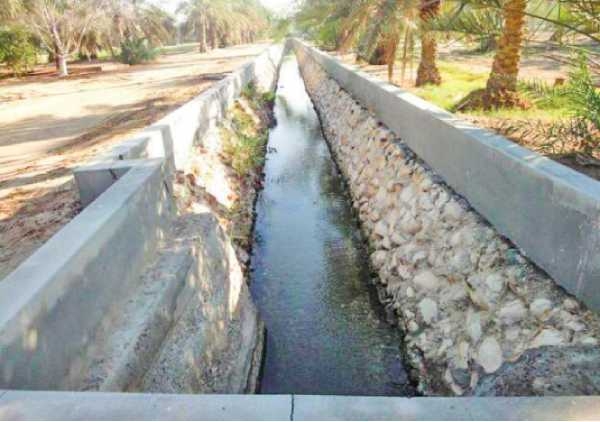Reviving ‘Saabs’ key to sustain agriculture lands
Bahrain is investing in natural and artificial water channels to irrigate agricultural lands and expand its spaces under cultivation, in a bid to ensure the sustainability of agriculture.
According to the latest official statistics, there are around 185 surface and underground water channels having a total length of 200 km in the Kingdom. Such channels are locally known as ‘Saab’ and are mostly located in agricultural lands in the Kingdom. Natural or manmade, these channels were vastly used in the past to irrigate farms.
However, the rapid urban development has taken its toll on Saabs, reducing their numbers almost by half. But, the authorities recently announced that more efforts were lately dedicated to increase, maintain and ensure the sustainability of the water channels, considering their important and positive impact on the agricultural lands in Bahrain.
Agriculture and Marine Resources at the Works, Municipalities Affairs and Urban Planning Ministry has provided some of the channels with pumps to strengthen the water flow. Agricultural Engineering and Water Resources Director Shawqi Al Mannai confirmed in recent statements that the ministry has provided 50 pumps at different locations in the four governorates of the Kingdom. Mr Al Mannai also confirmed that more than 80 agricultural lands and farms benefit from the channels that are supported by the pumps. He said: “The water channels system, which is locally known as Saabs, contributes to the efforts put to preserve agricultural lands in Bahrain.”
Highlighting some of the obstacles and challenges facing the irrigation system, the official said, “The ministry is working hard to overcome the obstacles obstructing the water channels irrigation system. Some of the main challenges include the sudden urban development which reduced the spaces for agricultural lands and the uneven lands leading to the unequal distribution of irrigation water.”
Related Posts

